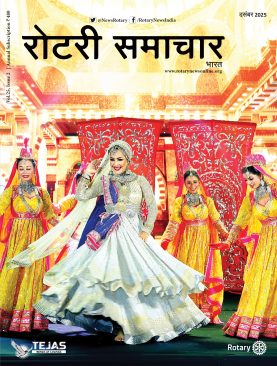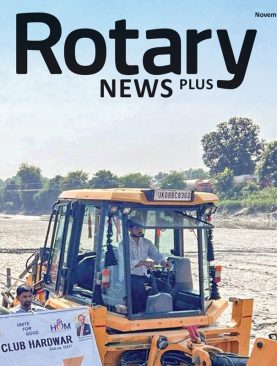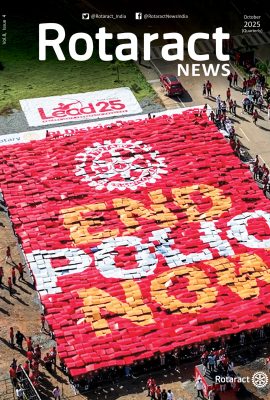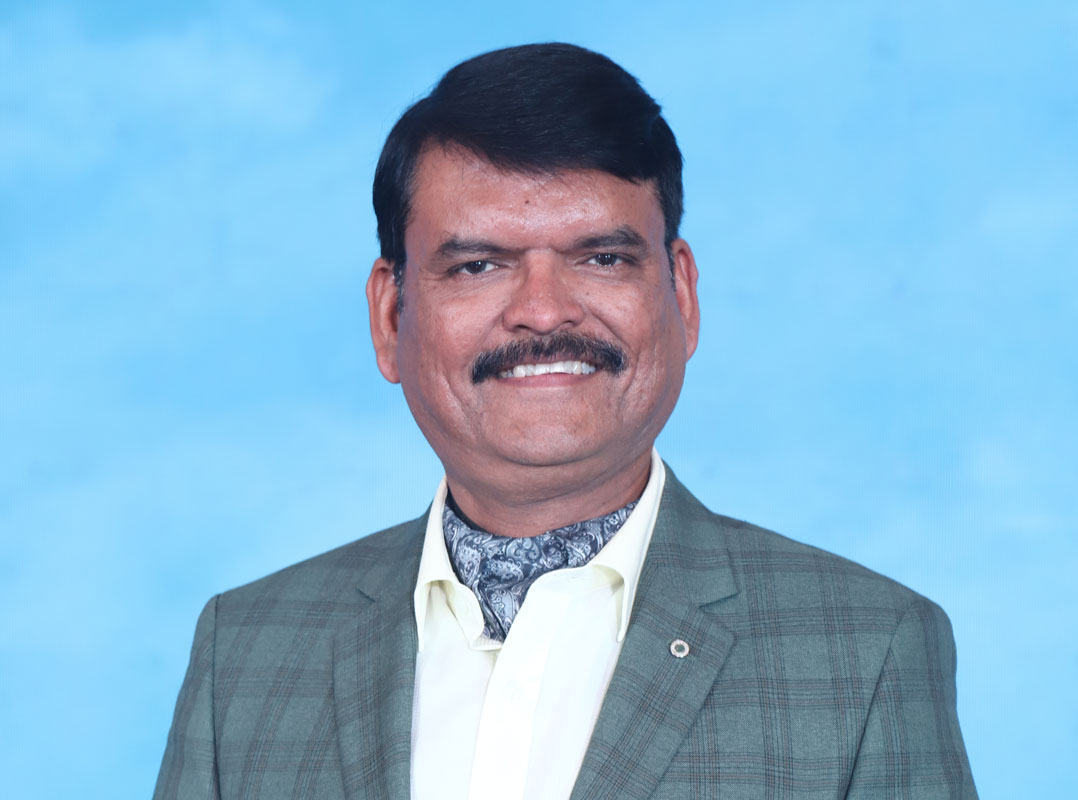
Advocate, RC Ghaziabad Greater, RID 3012
Membership matters

While analysing membership challenges, Prashant Raj Sharma identified that the first two years are crucial for new members to feel at home and integrate into the club. “When clubs foster a healthy, welcoming environment, members feel comfortable and supported, which inspires them to invite others to join,” he says.
His district recently hosted a grand Diwali celebration, attended by 3,000 people, including 150–200 potential Rotarians, who will be approached for membership. Women, representing varied professional backgrounds constitute 30 per cent of the district’s membership. The TRF goal of $600,000 was met within five months of his term, and a $700,000 cath lab CSR project is underway.
This year, the district is implementing eight CSR projects and two global grants, including the Rotary Viraj Anganwadi, an AI-integrated anganwadi, and the Rotary Atma Nirbhar project, providing artificial limbs to those in need.
Sharma joined Rotary in 2011.
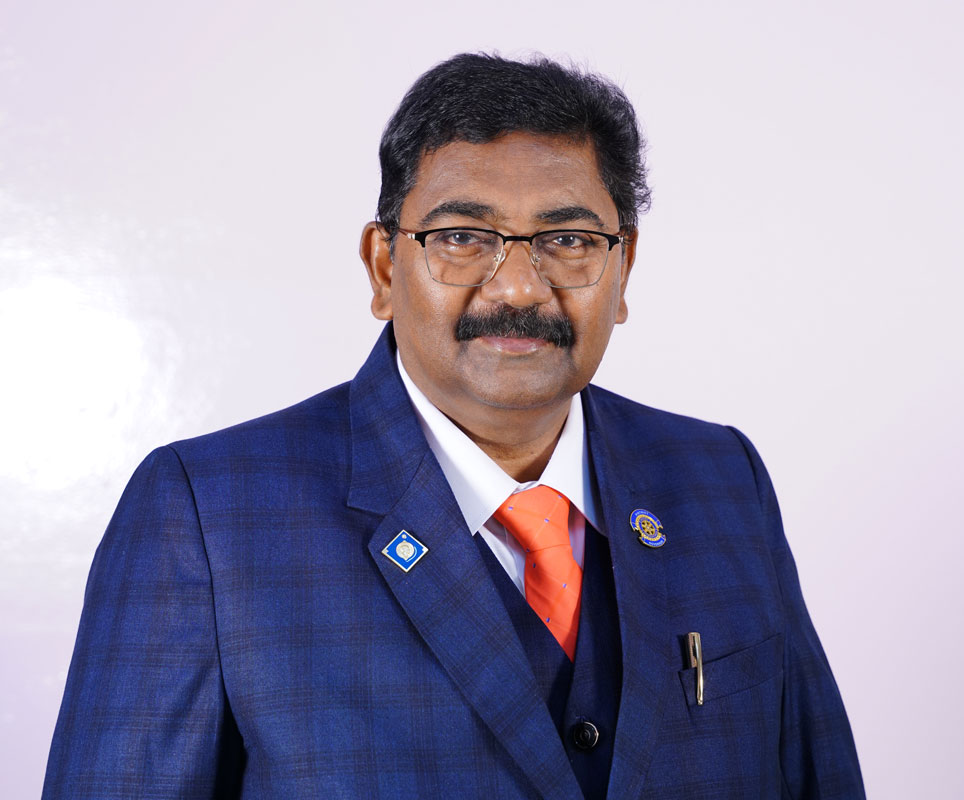
Chartered Accountant, RC Proddatur, RID 3160
Targeting growth
Sadhu Gopalakrishnan believes that subsidised membership rates would help in member retention and growth in rural areas and exclusive women’s clubs in the district. He aims to reverse the negative growth of 700 members in 2023–24 and bring the total membership to 3,160 as a symbolic figure of his
district number.
He agrees with the 1:2:3 theory (for every Rotarian inducted we must ensure we bring in 2 Rotaractors and 3 Interactors.) suggested by RIDEs M Muruganandam and K P Nagesh to boost membership growth. “It is doable and will increase youth engagement,” says the DG.
Gopalakrishnan aims to raise $316,000 for TRF, against the district’s goal of $275,000. His district is also working towards initiating one permanent project per club and tapping into CSR funding from corporates.
Joining Rotary in 1995, Gopalakrishnan led a Group Study Exchange team to Ohio in 2012–13 where he witnessed Rotary’s internationality, “an aspect I cherish deeply.”
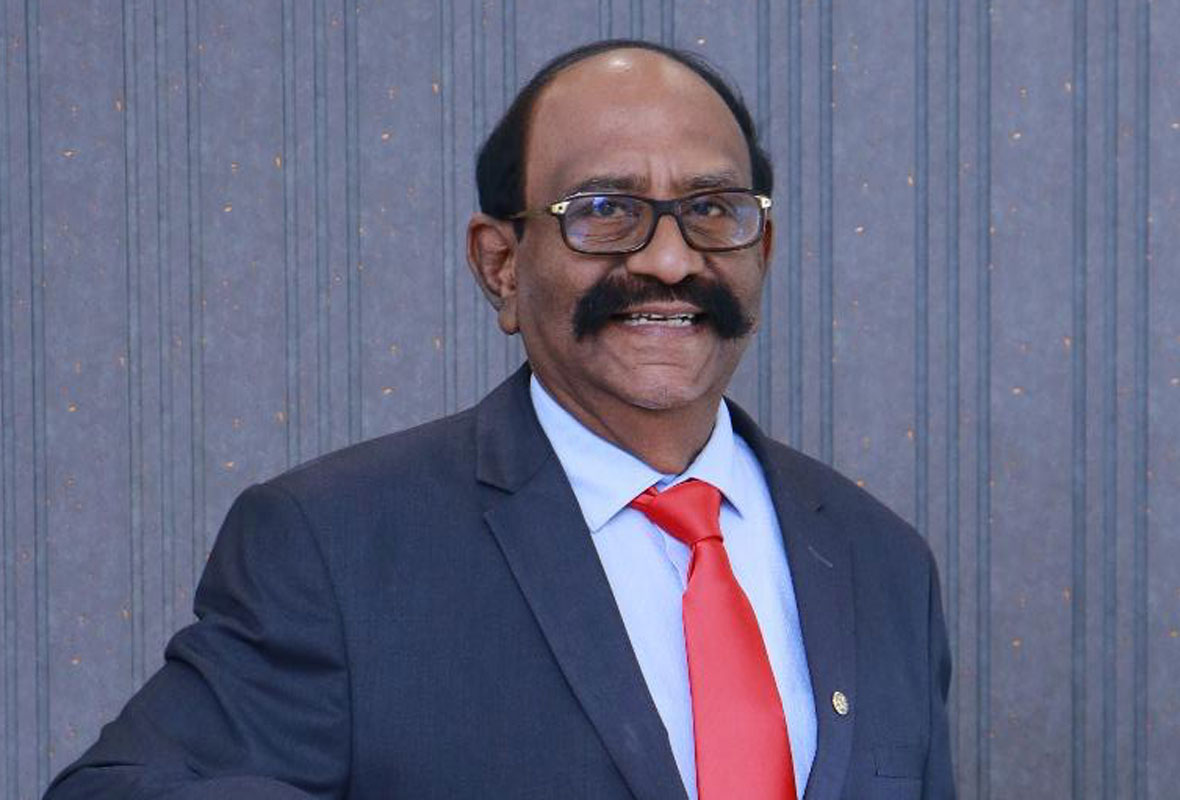
Advocate, RC Coimbatore,
RID 3201
Advancing inclusivity
On diversity, equity and inclusion (DEI), Sundaravadivelu is proud of his district’s women members. “Clubs are making efforts to maintain a gender balance, and I have recommended that one-third of our Rotarians should be women,” he says. Two transgender members have been inducted into RC Coimbatore Akruti. He notes that “this inclusivity is a gradual process, as transgender members need time to familiarise themselves with Rotary and its opportunities while clubs create a welcoming environment.”
Comprehensive orientation programmes for new members and a supportive environment through mentorship will “instil a sense of belonging among all members and encourage them to contribute actively,” he says.
The district’s major projects for the year include providing homes to 100 Toda tribal families in the Nilgiris, rejuvenating the River Kaushik that flows 50km from the Kurdi Hills in Coimbatore, and raising awareness of cyberattacks and cybercrimes among students.
He joined Rotary in 1995.
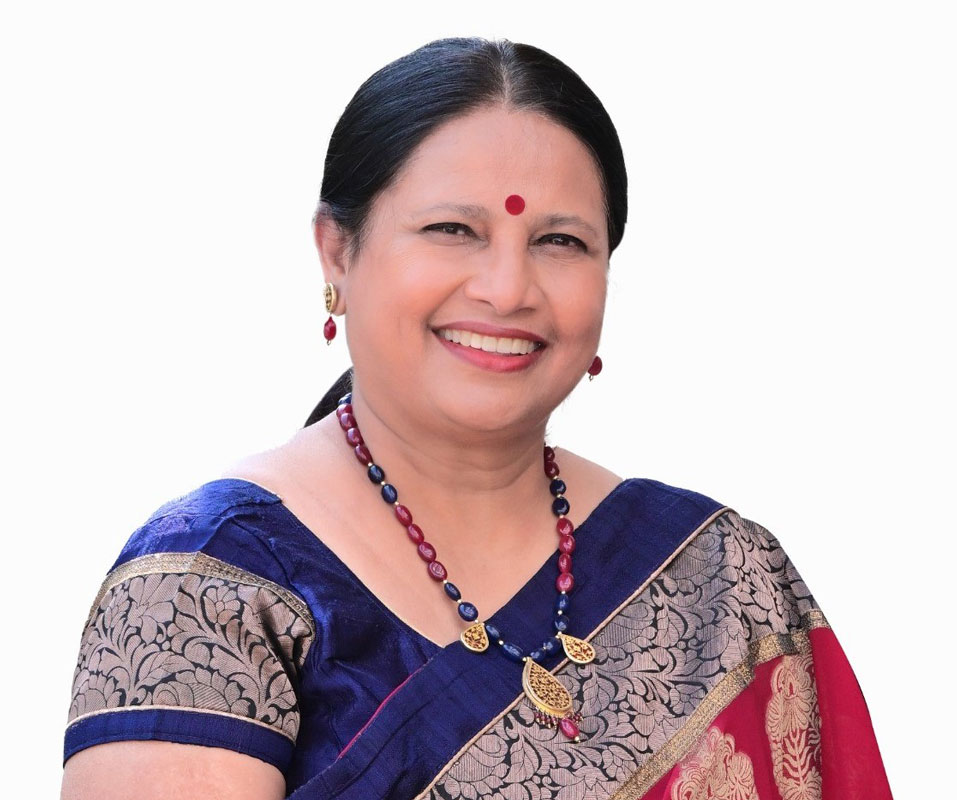
Educationalist, RC Jaipur Marugandha, RID 3056
AMAR strategy
Raakhi Gupta, the first woman
governor of RID 3056, is focused on membership growth with the ‘AMAR’ strategy (Add, Multiply, Adapt and Retain). Focused on diversity and retention, she aims to “create an inclusive space that attracts members with fresh perspectives to Rotary.”
With women making up 25 per cent of the district’s membership, Raakhi is launching a Rotary Passport Club to engage busy professionals and young changemakers. “This flexible model prioritises virtual engagement, diverse membership and service-driven projects, making Rotary more accessible,” she explains.
This year, her key initiatives include cancer screening in underprivileged communities, an organ donation pledge drive targeting 5,000 people, and cervical cancer awareness sessions for school students.
Her Rotary journey began in 1997 after participating in a GSE visit to Florida, USA.


